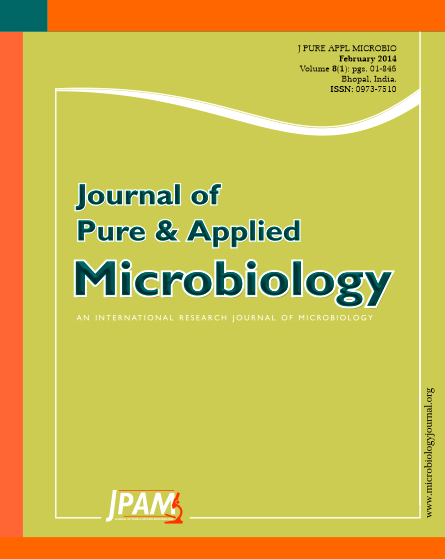The effect of Pusa compost inoculant coupled with windrow turner was studied to reduce the time of composting and for producing the better quality compost. An experimental setup with trapezoidal piles set at 30 m long, 1.2 m high, 2 m bottom width and 1.5 m top width and three levels of culture inoculum (500 ml, 1000 ml and 1500 ml) utilizing approximately 44.44 tonne of agro-waste and 24 tonne of 3-4 days old raw cow dung was laid. The pile was mixed at regular interval of 10 days using the windrow turner powered by 55.95 kW tractor. This operation ensured proper aeration and creating favourable conditions for microbial growth. The peak temperature of 68°C was attained at 1000 ml inoculated cultured pile within 15 days. The reduction in density as 21.98% and 49.0% in the subsequent turnings reduced the power consumption from 7.93 kW to 6.13 kW and composting time to 45 days. The same pile also showed an increase in electrical conductivity from 1421 µS/m to 1640 µS/m, nitrogen availability from 0.31% to 0.672%, potassium from 0.51% to 1.33% and phosphorus from 0.18% to 0.61% , C: N ratio from 53:1 to 18:1 with neutral behaviour. The per cent moisture loss was 13% only. All the measured parameters showed the conformity with the BIS standards for efficient composting and product formation. Thus, 1000 ml culture dose per tonne of material gave better results for all measured parameters and is recommended for efficient and nutritious composting to ensure sustainability in crop production.
Paddy straw degradation, Windrow turner, C: N ratio, Compost inoculant
© The Author(s) 2014. Open Access. This article is distributed under the terms of the Creative Commons Attribution 4.0 International License which permits unrestricted use, sharing, distribution, and reproduction in any medium, provided you give appropriate credit to the original author(s) and the source, provide a link to the Creative Commons license, and indicate if changes were made.


